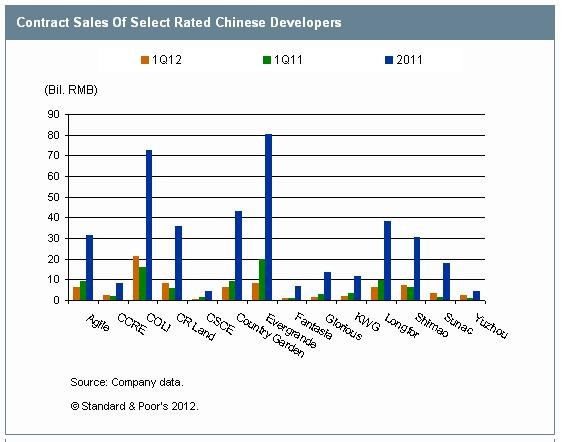International Bonds
Post on: 16 Март, 2015 No Comment

International markets have made a lot of news lately. With several consecutive years of outstanding returns in stock markets around the world, investors are increasing their exposure to global equities. Even The Motley Fool has taken the opportunity to fill in a previous gap in our stock newsletter coverage with the new Global Gains service.
However, a less glitzy asset class has been making big waves on the overseas markets as well. International bonds have also performed well, outperforming their domestic counterparts in some cases by a substantial margin. With yields on Treasury bonds still hovering below 5%, the high yields offered by some foreign issuers can look extremely appealing.
Types of international bonds
International bonds come in the same general types as those of U.S. issuers. Most foreign governments have a finance department analogous to the U.S. Treasury that issues bonds. These government bonds, sometimes known as sovereign bonds, resemble any other bond; they pay interest at regular intervals, and at maturity, they pay the principal amount back to the owner. Most of these bonds are denominated in the currency used by the country that issues them.
Another type of international bond is called a Brady bond. These bonds differ from other international bonds in that they are denominated in U.S. dollars. Designed to assist developing countries in managing their international debt more efficiently, these bonds often combine an obligation by a foreign government with the backing of U.S. Treasury bonds as collateral to guarantee payments of principal and interest.
In addition to government bonds, international companies issue private corporate bonds. Just as with any other corporate bond, owners of international corporate bonds must rely on the continuing ability of the issuing company to repay its debt.
Buying international bonds
There are several different ways to buy international bonds. There are a number of traditional mutual funds, such as T. Rowe Price International Bond ( FUND: RPIBX ). that hold international bonds. In addition, some closed-end funds that trade on stock exchanges, such as Templeton Global Income ( NYSE: GIM ) and Aberdeen Global Income ( AMEX: FCO ). focus on fixed-income securities across the world.
Buying individual international bonds is a bit more difficult. Unlike in the U.S. where the Treasury Direct program allows the general public to purchase bonds directly from the Treasury, there aren’t really any options to buy bonds directly from foreign governments. Most online brokerage firms don’t have foreign bonds to sell, and even larger firms often have limited inventories. Even if you successfully find individual international bonds, you might have to pay a large markup or commission to buy them. In general, using funds is an easier way to get international fixed-income exposure.
The currency question
With international bond funds, the most important question to ask is whether the fund hedges against currency risk. With international bonds, there are two major reasons why their prices will rise or fall. First, just as domestic bonds are affected by the Federal Reserve’s interest-rate moves and other factors that affect interest rates, foreign bonds rise or fall in value as interest rates in a particular country change. Second, for international bonds that are denominated in a foreign currency, changes in the exchange rate for that currency can have a pronounced effect on bond prices. In large part, one can directly link the positive performance of international bonds over the past five years to the fall in the value of the dollar versus other major currencies, especially the euro.
Some international bond funds choose to hedge against the currency risk they assume. By taking positions in the foreign exchange markets or by using currency futures contracts, a fund can remove the impact of fluctuations in exchange rates on its international bond holdings. Hedging against currency risk allows bond fund managers to make investments based on their projections of the direction interest rates in a particular country will move. The hedge removes the need for the fund to worry about strength in the U.S. dollar that would reduce the value of its bond holdings.

Other international bond funds don’t use hedges. They argue that part of the reason that investors choose to buy international bonds is to add exposure to currencies other than the U.S. dollar to their portfolios. Furthermore, as popular sentiment strengthens about the potential for the dollar’s decline to continue, fund managers may prefer to retain the currency risk in the hope that it will add to their returns. Certainly, in recent years, this has been a winning strategy.
Risks abroad
Investing in international bonds carries risks with which many investors may not be familiar. For instance, most domestic investors think of U.S. government securities as being risk-free, because they are backed by the full faith and credit of the United States. When investing in the bonds of a foreign government, it’s important to remember that the full faith and credit of a foreign country may not be worth the paper on which the bonds are printed. Historically, many governments have defaulted on their sovereign bonds or devalued their currency to the point that the bonds were effectively worthless. Foreign government bonds are rated by agencies like Moody’s and Standard and Poor’s in the same manner as corporate bonds, and many countries receive ratings well below investment grade.
As a method of diversifying your investment portfolio, however, international bonds have a place in your fixed-income allocation. Just as having stock investments across the globe can help to smooth some of the price movements in particular countries, owning international bonds can give you an opportunity to profit from favorable interest rates and foreign exchange environments around the world.
Related articles:
The Motley Fool’s mutual-fund newsletter, Champion Funds, can help you with funds of all types, both in your own backyard and around the world. Foolish expert Shannon Zimmerman provides model portfolios for all investing temperaments, along with news and analysis that can help you make the most of your investments. Interested? Your free 30-day guest pass is just a mouse click away.
Fool contributor Dan Caplinger wants to travel everywhere he invests. He doesn’t own shares of the companies mentioned in this article. The Fool’s disclosure policy speaks your language.














